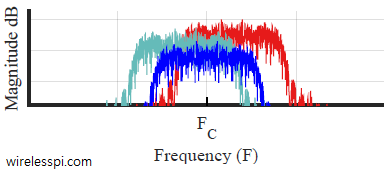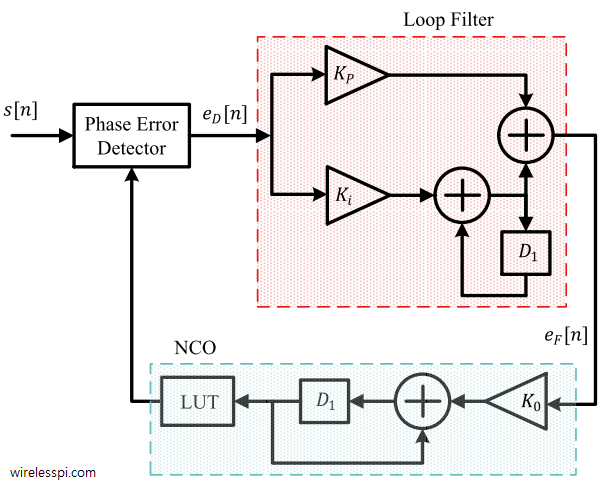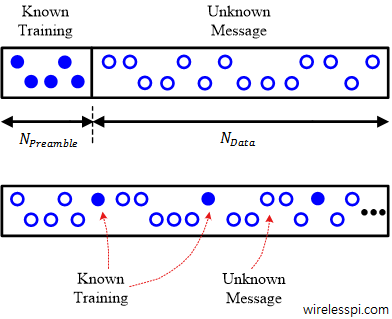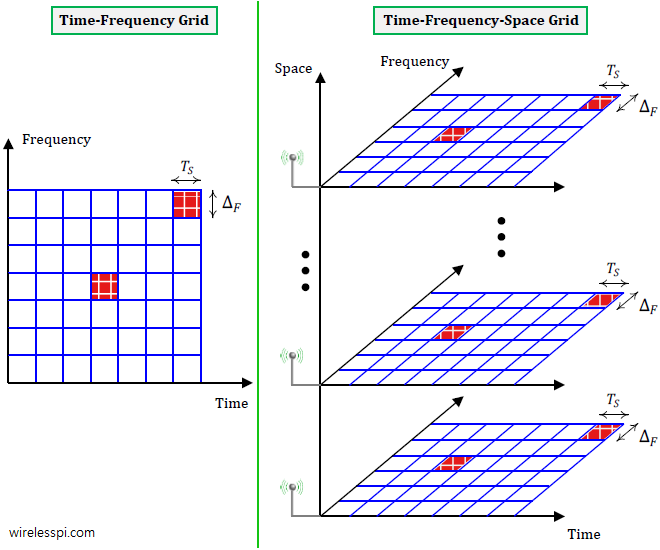In the recent past, high data rate wireless communications is often considered synonymous to an Orthogonal Frequency Division Multiplexing (OFDM) system. OFDM is a special case of multi-carrier communication as opposed to a conventional single-carrier system. The concepts on which OFDM is based are so simple that almost everyone in the wireless community is a technical expert in this subject. However, I have always felt an absence of a really simple guide on how OFDM works which can prove useful for technical persons not wanting to deal with too much technicalities, such as DSP experts outside communications, computer programmers, ham
Continue reading



